Using Co-one's Data Services for AI Development in Agriculture
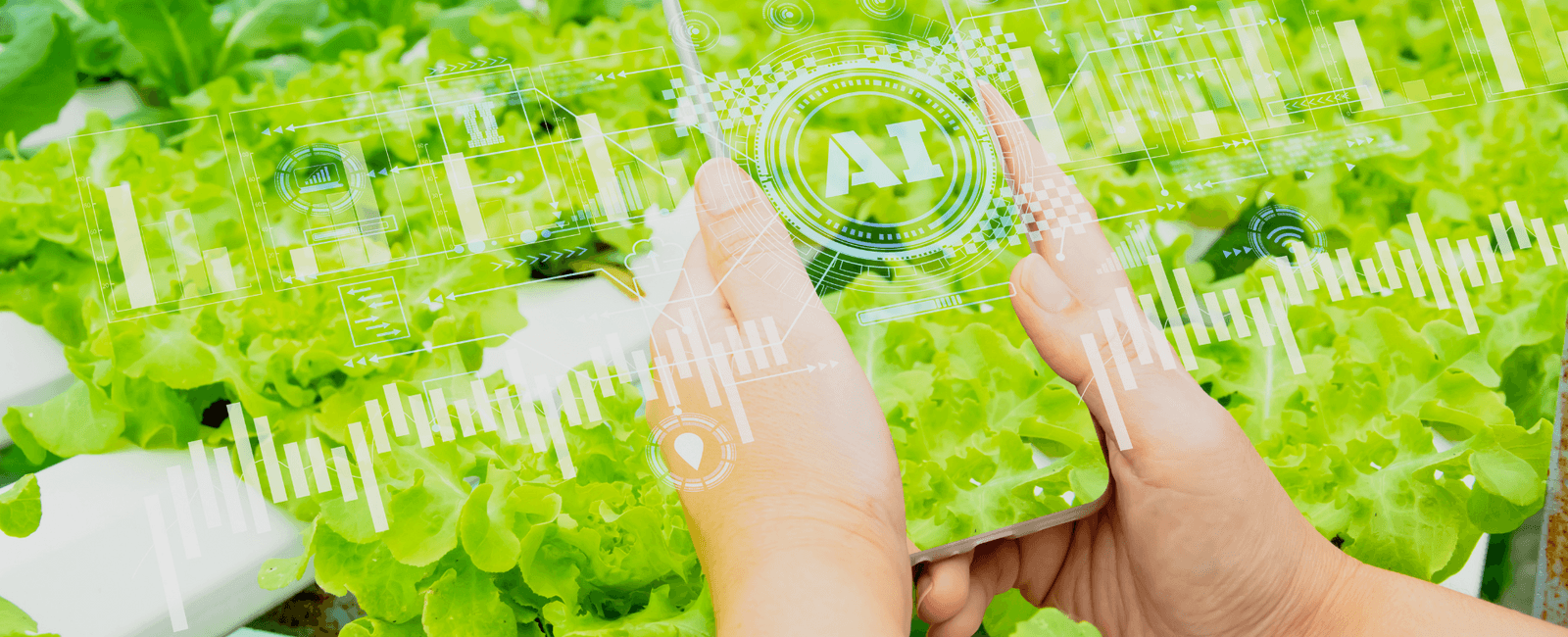
Agricultural technology continues to advance as time passes since farmers use different generational approaches. However, due to the increased need for settlement, climate change, and increased demand for food, most of the world’s fertile lands are reducing, necessitating farmers to use artificial intelligence to increase production and satisfy the anticipated demand.
With Co-one AgriTech data services, companies will acquire efficient AI agriculture solutions through data annotations such as cuboids, Polylines segmentation, classifications, and bounding boxes. Once the AI model understands the agricultural solutions it is supposed to perform, there will be active annotation tracking to help understand issues such as crop and animal diseases.
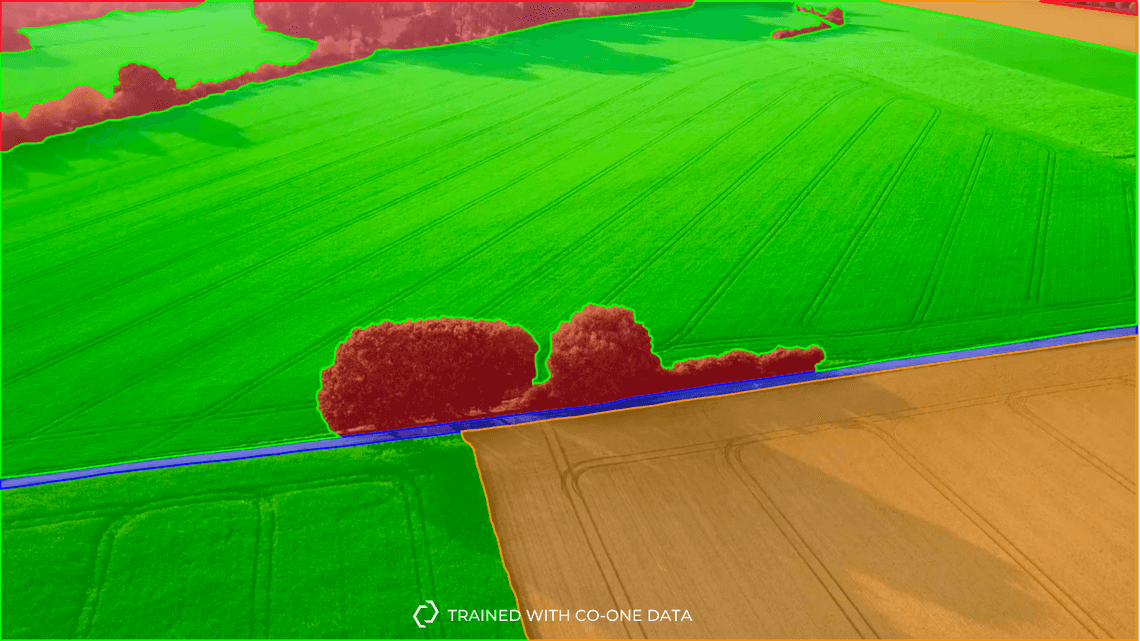
This article will expound more on cases of how Co-one can provide agricultural technology services for sustainable agriculture and the significance of why individuals and companies should use AI in agriculture.
Ways in which Co-one Provides Data Labeling for Agriculture
Achieving a meaningful transformation of the farm system demands a holistic approach that can harness development in emerging technology. Since artificial intelligence is an emerging technology, Co-one can provide data labeling for agriculture in the following ways:
The use of a Bounding Box
This method is standard for individuals who want to monitor or analyze their agricultural activities through images. Bounding box is a simple method that uses a simple rectangle that forms the tangent of the thing we want to label. This technique makes it possible for people to categorize the object in the image and pinpoint its location so that the air can quickly identify it.
Application of Bounding Box in Agriculture
With the rise of innovative farming solutions, bonding boxes teach AI models to perform some of the following activities:
- Tree fruit labeling: In tree fruit labeling, the bounding box method can help farmers and companies identify the fruits that are ready for harvest, the average number of fruits each tree produces per season, and the health status of the fruits, among other things. Companies that have fruits on a large scale use bounding boxes to monitor and track down their fruits for security purposes.
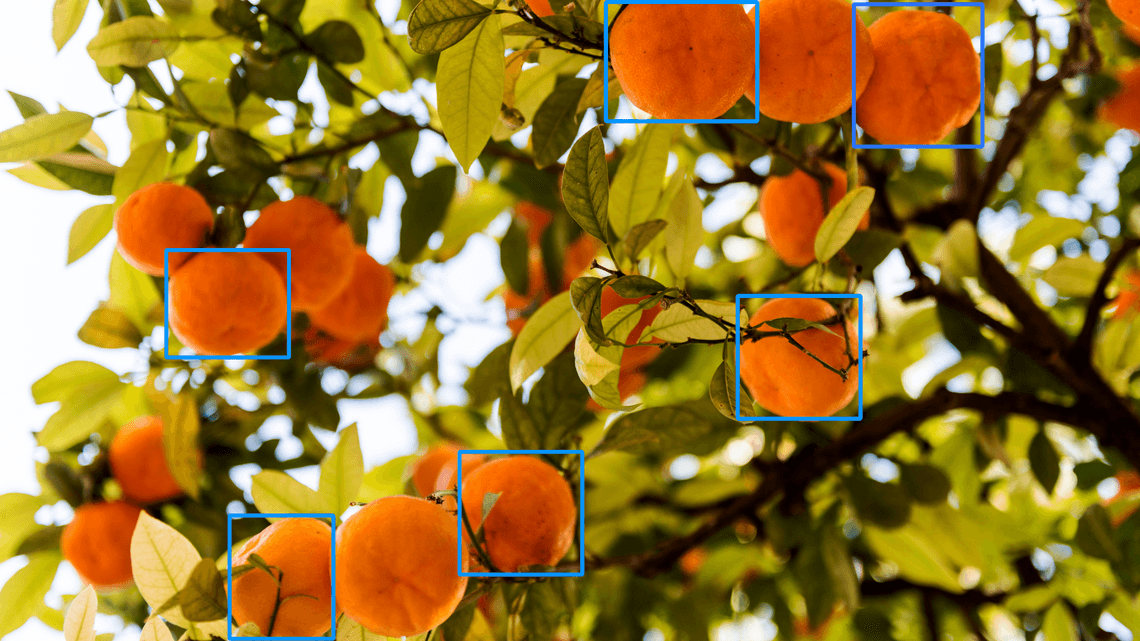
- Egg labeling: Poultry companies also depend on bounding boxes to label their eggs. This method enables them to identify the health status of the eggs on their production lines to avoid selling broken eggs to their consumers. Additionally, for farmers who practice large-scale poultry farming, the bounding box will enable them to identify stray eggs in farm areas other than the laying site.
The use of the Segmentation Method
Co-one also uses polygon or segmentation methods to train AI models for agriculture. In segmentation, the image or video annotation requires pixel-level precision and, therefore, will require more labor than the bounding box. In image segmentation, a single annotated pixel belongs to a unique class, and the output represents a mask that will describe the object’s shape in the image. For video segmentations, each video frame is classified into unique classes to achieve complete comprehension.
Application of Segmentation Method in Agriculture
Since segmentation is specific to details and a time-consuming process, it will require activities waiting for long-term agricultural data analysis. Here are some of them:
Labeling of tree products: Individuals can use image or video segmentation to identify, monitor, or analyze parts or products of a tree, such as fruits, leaves, leaf veins, and other products.
Plant detection and diseases: Segmentation helps farmers and other individuals separate different kinds of plants in an image or video by identifying them by their names or characteristics. It also allows farmers to detect any diseases affecting the plants by checking different things, such as the yellowing of leaves and pest infestations.
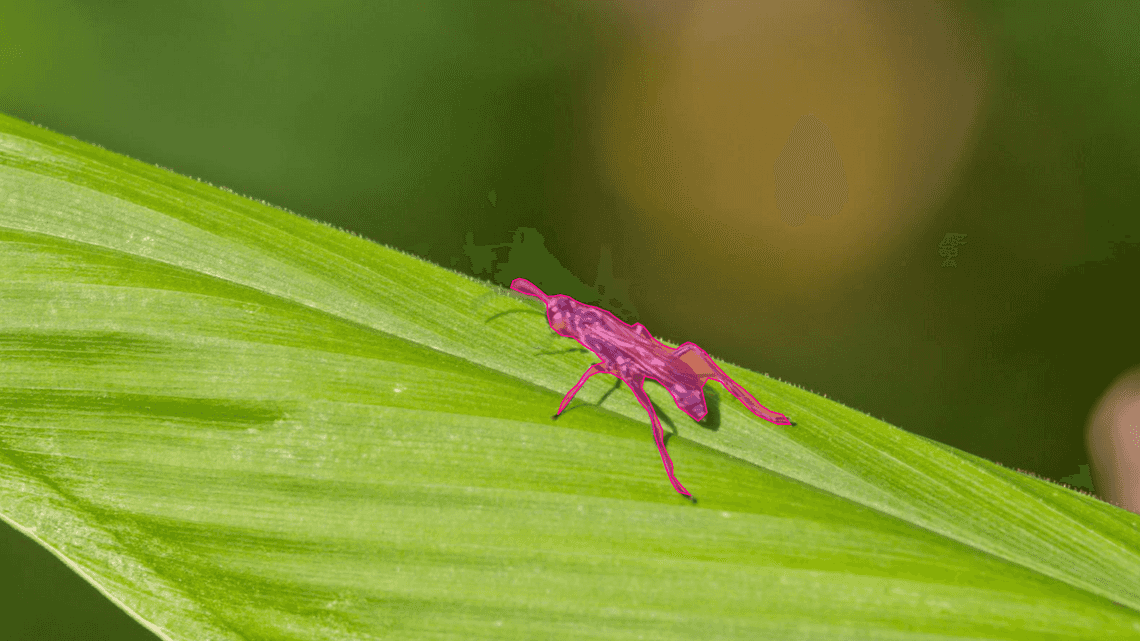
The Use of Key Point Labeling
Key point annotation tracks particular landmarks on different images or videos to identify their movement, shape, position, or orientation. When many key points connect, they form a more significant key point called the key point skeleton. The AI model learns how to identify or analyze different things with the skeleton. Key points represent a variety of components of the image, including the corners, edges, or certain features depending on its application. For instance, in animal husbandry, the key points of the different animals may represent their joints.
Application of Key Point Labeling in Agriculture
Using key points labeling provides the most accurate way to annotate data. However, with little skills, individuals feed their AI model with inaccurate data. In agriculture, the key point is mainly used in:
- Movement of the hand during harvesting: Since the key point focuses on key features that enable a given object in an image to move or position itself in a particular manner, it can help farmers understand hand movement and how they can increase speed when harvesting.
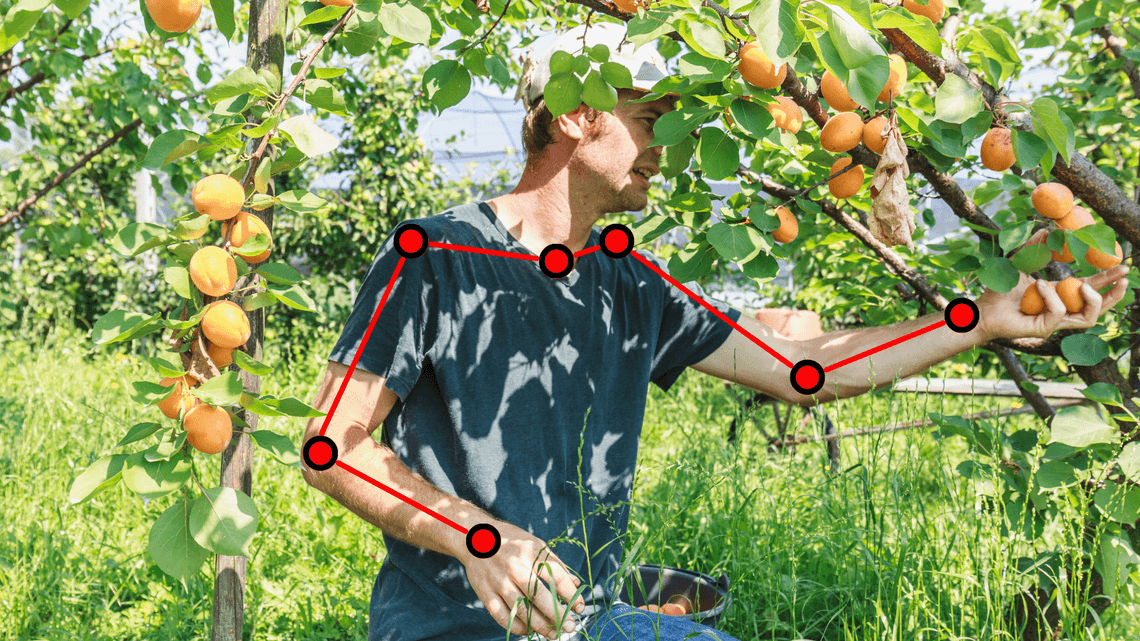
- Plant phenotyping dataset: The key point enables AI models to comprehend how plants interact with their environment. This method helps to improve plant breeding and increases approaches, such as the effects of microbial communities through crop yield optimization.
The use of the Line Annotation Method
The line annotation method differs from other data annotation methods, such as cuboid and bounding boxes, because it uses lines for land or object marking. Line annotation refers to crucial places such as roads, streets, and other landmarks.
Application of Line Annotation in Agriculture
Even though line annotation is commonly used on roads and streets, it also plays a crucial role in agriculture. Some of its applications are:
Field lane labeling: Line annotation helps livestock farmers keep track of their animals on the farm by separating different areas where the animals will be moving to feed, sleep, and move. Field lane labeling also makes it possible for farmers to monitor the population of their animals to avoid overpopulation.
Classifying crop lanes: Classifying crop lanes is common in big farms since monitoring every plant on the field may be challenging. Line annotations provide AI crop monitoring services by increasing plant development, conservation, and identification of related crops.
Monitoring waterways: Line annotation guides farmers who rely on waterways for irrigation on its efficiency or availability. During dry seasons, waterways may need to be more sustainable and require irrigation farmers to look for alternative ways of getting water.
The Classification Method
The classification method ensures that the AI model can classify data into predetermined groups or labels. This method filters through large chunks of data by understanding the patterns used in historical data, bringing order out of the digital chaos. In Co-one, classification mainly functions well in images or text.
Application of Classification in Agriculture
Classification is one of the simplest methods to use in agriculture since it trains AI models to categorize things into classes or units. Therefore, individuals can apply classification in the following activities:
Classifying vegetables and fruits: Image classification ensures that AI systems learn to categorize and distinguish between fruits and vegetables on a farm. This method makes it easier for farmers to track their productivity and their plants’ health status.
Labeling the presence or absence of people in agriculture: Image classification also enables AI systems to detect the presence or absence of people in agriculture. This is significant for farmers to decide whether to employ human laborers or use agricultural machines for farming.
Sub-categorizing vegetables and fruits: Sub-categorization is mainly used in text classification since the AI system is trained to further categorize fruits and vegetables into other classes. For instance, people can prepare an AI system to differentiate between fruits and vegetables that grow in certain seasons.
Why it is Significant for Agricultural Companies to use Artificial Intelligence
With the development of numerous technologies, agriculture has continuously improved through machine efficiency and smart farming solutions. Currently, artificial intelligence is not only implemented in information and technology but also in agriculture as well. Agricultural companies that use artificial intelligence benefit in the following ways:
Precision Farming and Predictive Analysis
Implementing AI enhances the quality and accuracy of harvest, leading to precision farming. Regarding predictive analysis, AI technology helps companies identify pests, plant diseases, and inadequate plant nutrition on farms. Predictive analysis through AI-driven crop management may help to identify and target weeds while selecting the most appropriate herbicides to use within the appropriate buffer to prevent herbicide resistance and overuse.
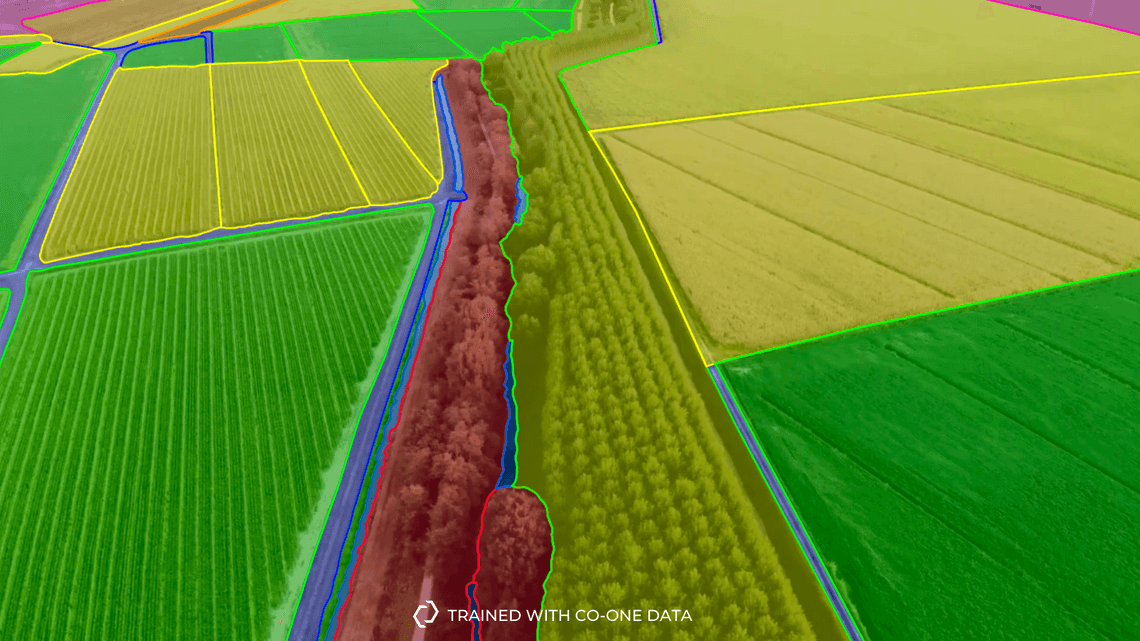
The predictive analysis leads to the invention of seasonal forecasting models to help farmers increase agricultural precision. These models can predict the best seasons to plant certain crops, the ideal planting locations, and harvesting time.
Pest Control
Companies that deal with the manufacture of pesticides implement using AI to enhance everything ranging from designing pesticide routes, spraying schedules, and pest prediction. Agricultural producers and pest control businesses can have real-time data using drone technology and other AI-powered pest detection technology to look for issues like crop degradation, pests, disease spots, or dead soil. Therefore, farmers can gather this information to look for practical solutions.
Precision Forecasting and Risk Management
AI technology helps in managing risks that are built on precision forecasting. Before artificial intelligence was invented, farmers relied on assumptions to make essential farming decisions. This posed a threat since parameters such as climate change and changes in the rainfall pattern were challenging to predict. Introducing AI makes it possible for farmers to have AI farming efficiency solutions through predictive analysis. This helps them lower crop failure risk and manage plant populations.
Conclusion
AI technology is crucial in the improvement and efficiency of the agricultural sector. It provides information that can help in plant disease detection, crop management, and accurate planting seasons through predictive analytics. Data annotation for AgTech offers a wide range of techniques companies can use to train their AI models depending on the agricultural goal they wish to achieve.
At Co-one, we provide you with the data annotation tools and methods you can use to maximize agriculture. Contact us today, and we will respond immediately.


